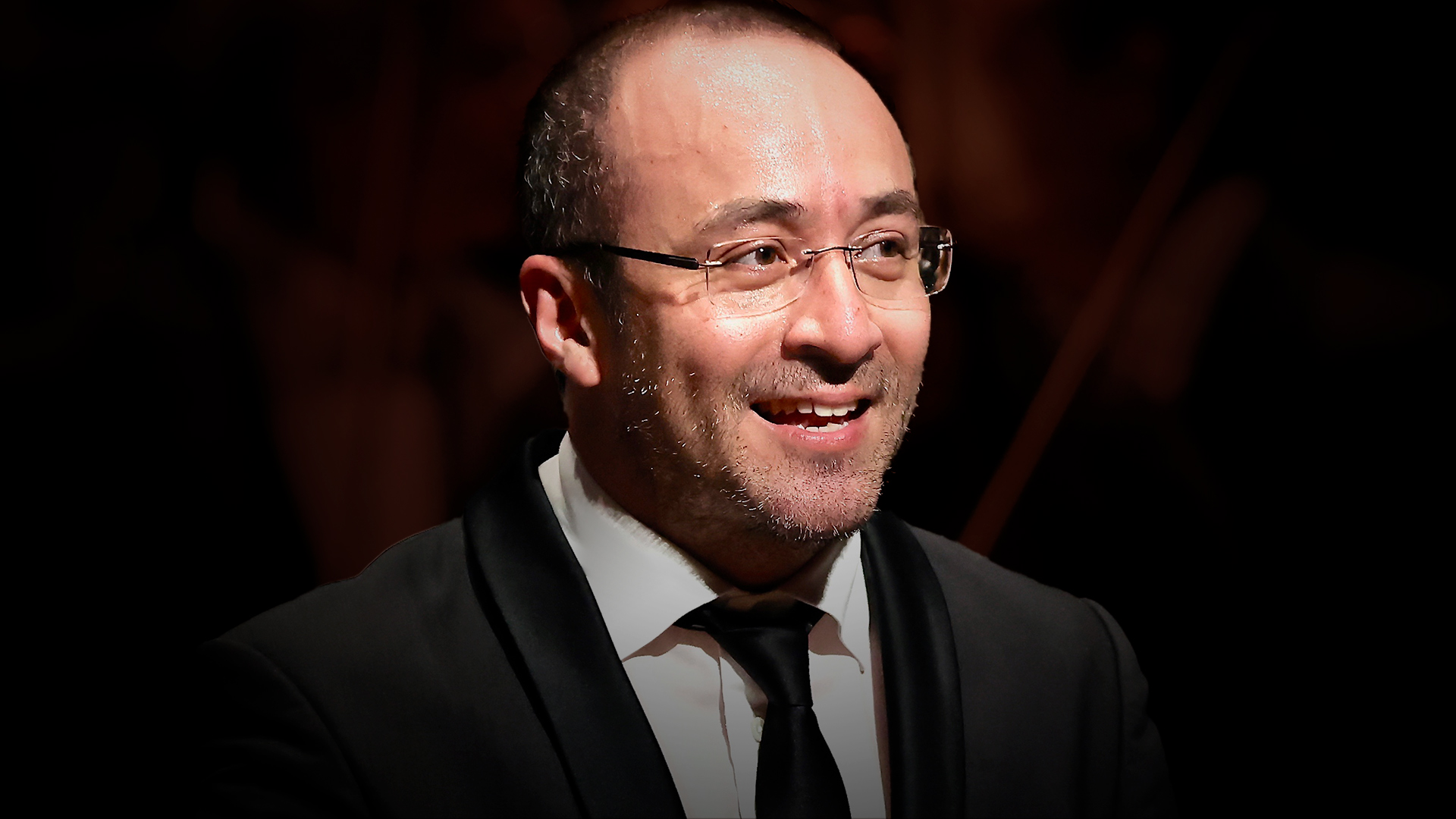AARON COPLAND
Concerto for clarinet and orchestra
WILLIAM GRANT STILL
Afro-American Symphony
HECTOR BERLIOZ
Les nuits d’été for voice and orchestra op. 7
Clarinet
Valeria Serangeli
Mezzosoprano
Dame Sarah Connolly
Director
Riccardo Minasi
Opera Carlo Felice Genova Orchestra
Aaron Copland began composing his Concerto for Clarinet and Orchestra in 1947, arriving in 1949 at the final form later published. The first movement “Slowly and expressively” is characterized by the contrast between a nostalgic and elegiac character that draws on the French style, particularly Ravel, and an unusual, almost “open” form. The harmonic texture and melodic line are in constant variation, and contribute in this to the sense of rarefaction and suspension of the overall rhapsodic tone. The second movement “Rather fast,” with its bright and lively rhythm, brings together several popular influences from both North and South America, the jazz and ragtime-like virtuosity making it a page of complex playing for the solo clarinet. The articulate and highly evocative nature even in the contrast between the two movements soon made the Concerto one of the most established in the twentieth-century repertoire for clarinet, and it inspired the creation of the ballet The Pied Piper by choreographer Jerome Robbins in 1951.
The Afro-American Symphony dates from 1930; with this work William Grant Still created a dense and concentrated symphonic account of early 20th-century African American musical culture. The inspiration was not only musical; in fact, the composer associated each of the four movements with a title (Longing, Sorrow, Humor, and Aspiration) and a few lines from poems by Paul Laurence Dunbar (1872-1906), a poet and novelist whose research into African-American culture was both in content and form, particularly in his use of African-American dialects of the latter 19th century. From the very first movement, Moderato assai, Still employs rhythms and progressions typical of the blues, amplified in orchestral writing and explored down to the roots of the work songs from which the blues itself originated. The second movement, an Adagio, has a more melancholy and spiritual tone. The Animato brings an atmosphere of light and celebration, which is followed by the final reflection of the Lento, an expression of community pride and faith in a better future. The Symphony best expresses the work of Still, whose experience as conductor of the Los Angeles and New Orleans orchestras combined with his intense activity with numerous jazz ensembles to create a unique blend of styles.
Les nuits d’été, six melodies for voice and orchestra, originally originated in the version for voice and piano, which Berlioz worked on between 1840 and 1841. The composer used to rework the material he had already made, so in later years he took up the melodies again to create an orchestral version, which he completed in 1856. This was not a pure exercise in orchestration; in fact, Les nuits were highly representative of Berlioz’s Romantic style, for which symphonic expressiveness had always been more effective than pianistic expression. The texts chosen for this collection are by Théofile Gautier, a contemporary of Berioz and linked in his poetry to the same Romantic milieu; they are six texts centered on the theme of love: Villanelle, Le spectre de la rose, Sur les lagunes, Absence, Au cimetière, L’île inconnue. The compositional idea was not to make a collection of songs, but rather a cohesive cycle that had reason to be performed in its entirety. Berlioz characterized each of the six tunes from the perspective of a path between affects that opens with the brio of Villanelle, followed by the darker, more lyrical atmospheres of Le spectre de la rose, Sur les lagunes, Absence and Au cimitière. The renewed lightness of L’île inconnue is apparent, as it conceals a veiled and bitter irony. The orchestration of the Nuits reveals an unprecedented Berlioz, less eclectic and more intimist, prone to a refined but subtle writing style that favors the initial Lieder setting while giving a varied and impactful timbral color to the orchestral ensemble.
Ludovica Gelpi
